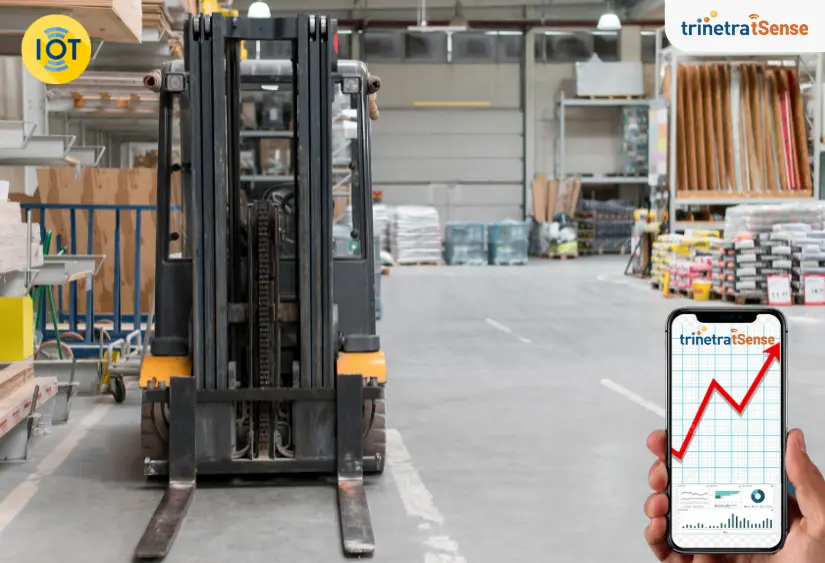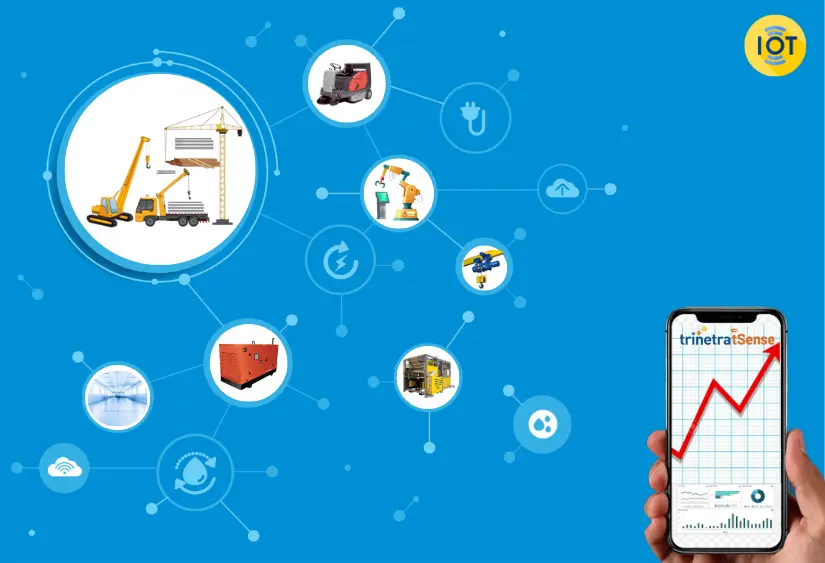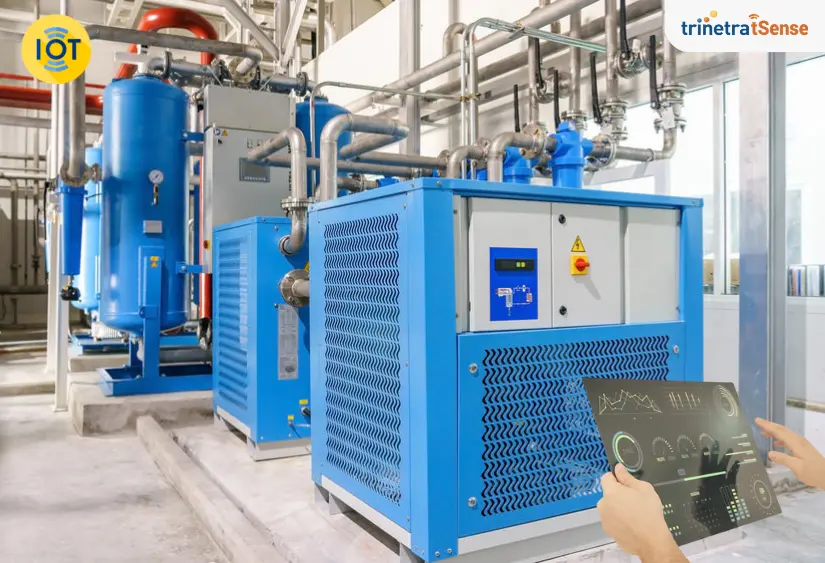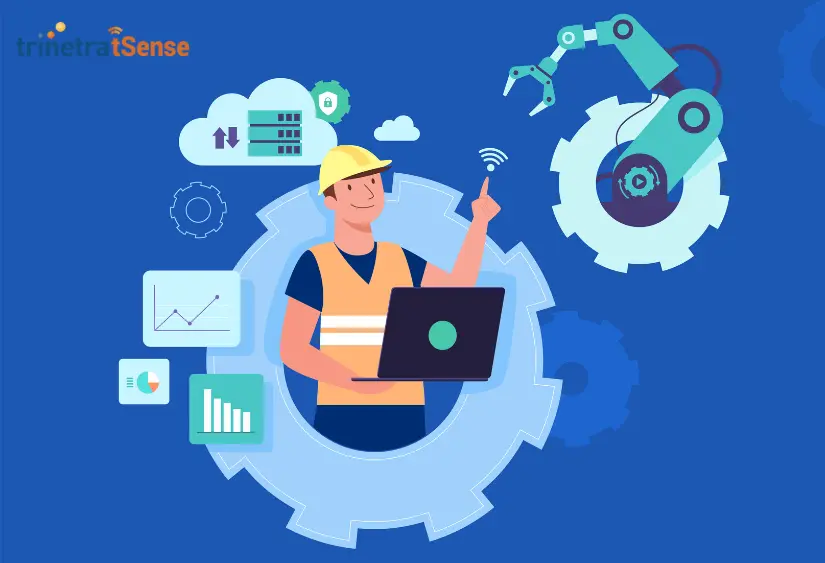The Internet of Things (IoT) is revolutionizing the management and functionality of industrial fork lifting equipment. Here’s how IoT addresses key challenges and delivers substantial benefits in this sector.
Key Challenges
- Maintenance and Downtime: Unexpected breakdowns and maintenance issues often cause costly downtime and inefficiencies.
- Operational Efficiency: Without accurate data, managing forklift performance and productivity is challenging.
- Safety Concerns: Traditional safety measures may fail to address real-time issues, increasing accident risks.
- Fleet Management: Coordinating a large forklift fleet can be complex and inefficient without real-time insights.
Benefits of IoT Integration
- Predictive Maintenance: Sensors monitor equipment health, predicting maintenance needs and reducing unplanned downtime.
- Enhanced Efficiency: Real-time data improves forklift scheduling and deployment, boosting productivity.
- Improved Safety: Sensors identify unsafe driving patterns and mechanical issues, enhancing safety.
- Fleet Optimization: IoT offers insights into fleet performance, supporting cost-effective management.
- Real-time Decision-Making: Immediate data access enables quick problem resolution and smoother operations.
- Overall Cost Control: Reduced downtime, optimized usage, and improved safety lead to significant cost savings.
Applications:
- Warehouse Operations
- Manufacturing and Machine Shops
- Distribution Centers
- Retail and Supply Chain Management
- Construction Sites
IoT is transforming industrial fork lifting equipment by enhancing maintenance, efficiency, safety, and fleet management. To fully leverage these benefits and maximize your equipment’s potential, integrate IoT solutions today.
Contact Trinetra Tsense to discover how our Industrial IoT solutions can revolutionize your operations.












